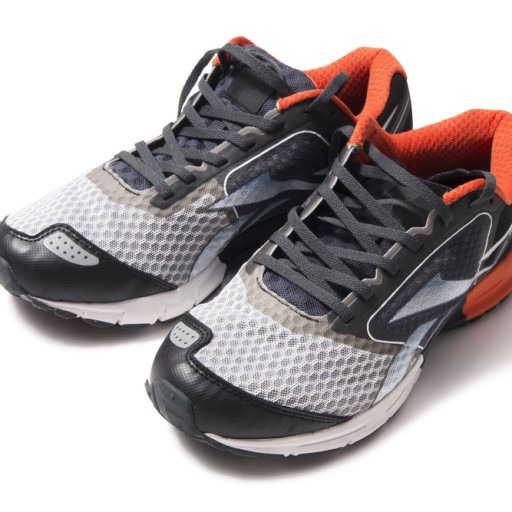How Running Shoes are Made

Running Shoe Upper Stitching Process:


The factories cutting department cuts all the parts for each running shoe, then gathers the parts into kits. One kit for each pair of shoes. After several hundred or even 1000 kits are complete they are passed to the stitching department for assembly.
The stitching department builds the parts of the running shoe sewing then together, finally closing the shoe and adding the tongue.


Running Shoe Production Assembly Process:

The running shoe upper is prepared with the strobel bottom. The outsole covers the edge of the upper so a strobel bottom can be used to make the shoe lighter and more flexible.
The running shoe upper is steamed to soften the materials and the last is inserted and pulled tight. Once the last is tight inside the upper a second lasting machine pulls the heel edge. Once the last is secured inside the upper, temporary shoes laces are pulled tight, and the upper is cooled which allows the upper to shrink and fit tight to the last.
The shoe may have a plastic or fabric part installed on top of the tongue to protect the surface from damage and drift during the lasting operations.
While the upper is being lasted, the sole unit is being prepared. In this case, a rubber sheet sole is combined with the EVA foam cushioning component cemented inside. This is done in a separate process that’s called stock fitting.
Running shoe midsoles will be made from weight EVA foam. A thin layer of rubber will allow the EVA to flex, but protect the midsole from wear.
Now that the upper is lasted tightly and the outside unit is compete, the two pieces come together. The rubber sole unit will receive coatings of primer and cement. The outsole will get its own special primer designed for EVA and rubber. The shoe upper is also prepared with its own special primer and cement.

After the contact cement and primer have been completely dried in the heating tunnels, the two pieces are joined together by hand. A skilled worker aligns the upper and outsole together then places the shoe in a hydraulic press.
The running shoe will have 3 pressing operations, usually all done with one machine: a vertical press, toe and heel press, and side pressing. This insures full contact between the upper and outsole uit. Once the shoe is pressed together it’s often put in the cooling tunnel to set the glue.
After the cooling tunnel, a shoe de-lasting machine is used to push the last out of the shoe without wrinkling the running shoe upper.
Now the running shoe is complete! At this point you can insert the footbed. The footbed may be molded EVA with a fabric cover or flat sheet cut foam. The flat die-cut footbed is usually cemented inside the shoe, while molded footbeds are most often removable.
The new runner is ready for a final QC inspection – a quick check for any loose threads, cleaning and then packing.

